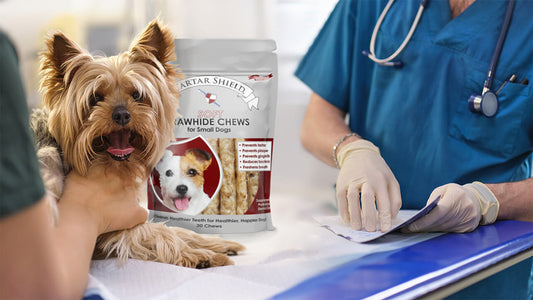Do you have a plan established in case of a pet emergency? Pet First Aid Awareness Month is celebrated in April and is a good time to consider how to be better prepared in the event of a pet emergency. According to the American Animal Hospital Association (AAHA), 25 percent more pets would survive if just one pet first aid technique were applied prior to getting emergency veterinary care. The following tips outline a list of pet first aid resources.
- Assemble a pet first aid kit. It’s helpful to keep these items in a clear container so they’re easy to locate. Check out this checklist from the AVMA for the items you’ll need.
- Have important phone number readily available. Keep emergency phone numbers in an easily accessible area and include your veterinarian’s office, the nearest emergency vet clinic, and the poison control hotline.
- Take a class on pet first aid from a professional. Ask your veterinarian if they offer pet first aid sessions or check with your local Red Cross chapter. These sessions typically cover pet CPR, how to treat common pet injuries, and tips for handling a pet emergency.
- Check your household to make sure it is free of potentially toxic items and that these items are stored where your pet cannot gain access to them. The ASPCA has a list of common household items that can be poisonous to your pets.
A little bit of knowledge can make a huge difference in a crisis situation. Make sure you are prepared if a pet medical emergency occurs in your home.



